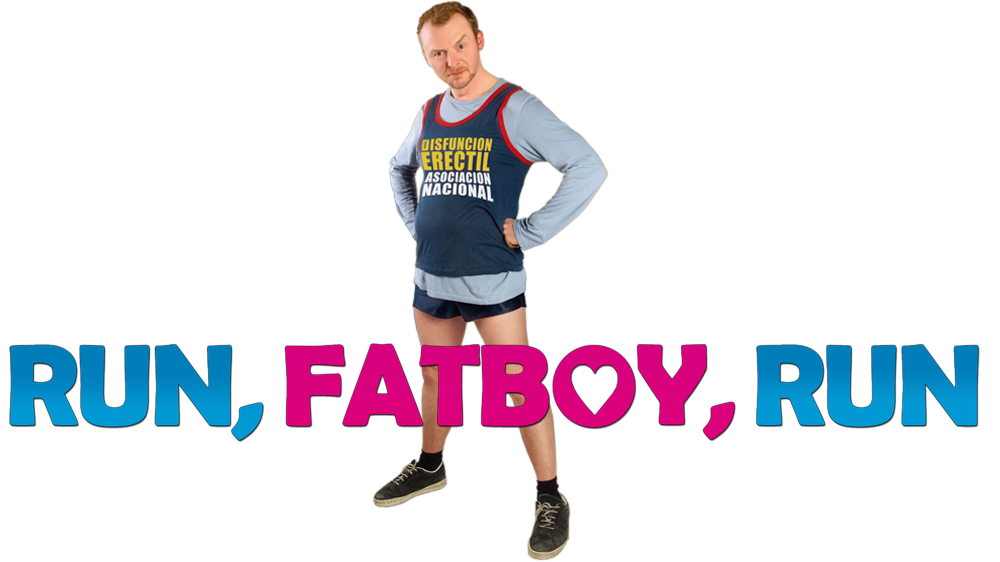So it’s been two years to the day since my last post, and a ton has happened since then. Shortly after my last post, I suffered yet another calf injury, and was away from running for another several months.
A couple of months after the injury, I also started a new and ridiculously demanding job. As a spokesperson for a high-visibility government agency, the new position sucked away a lot of my workout time, as it’s a 24/7 kind of thing. My new hangout buddy become my work cell phone.
Months later, COVID-19 made its appearance, and had a direct impact on my work hours, as my agency’s response to the pandemic is a big part of my account. Bye-bye, free time!
One year and many COVID tests later, I found myself ten pounds heavier, and REALLY out of shape. While I was fortunate (and vigilant) enough to avoid catching the ‘rona, I had let my body go a bit. That’s what happens when every day feels the same: get up, go to the computer room to telework, wrap up work, go to bed.
My other interests (mainly billiards) also suffered. My game went downhill, because pool halls weren’t open, and I don’t own a table. I also stopped writing, mainly because I spent most of my days staring at the computer, and didn’t want to do that in my spare time, too. Let’s just say I wore out NetFlix and Amazon Prime Video.
Eventually, our gym partially re-opened, and we could make appointments to get in and start over, in terms of getting into running shape. A couple of months later, we’re slowly getting there. We don’t get over there as much as we’d like, but it’s more than it was. I’ve even gotten a couple of 6-milers done in recent weeks (one treadmill, one outside). Maybe I’ll be able to lose this spare tire that appeared during the winter quarantine.
THE SILVER LINING
Sometimes it’s hard to spot the good things that result from bad things. The COVID-19 pandemic has killed a lot of people, and had some pretty bad effects on the US economy. There are a lot of people hurting. But the good news is that we are witnessing a lot of innovation, as people and businesses try to survive the conditions.
My family was blessed in that we didn’t lose much income during the pandemic. On top of that, mortgage interest rates dropped enough that it made sense for us to refinance our home. We decided to pull out some equity and convert our carport and sunroom to a permanent addition, which will function as a pool room and exercise room. Construction is nearing its end, and we’re looking at pool tables and treadmills for the new room.


 Science is against trying to ‘bank’ time early in a race. The point is this: If you’re running at a speed faster than what your body typically trains at, your body enters its anaerobic metabolic zone. While in that zone, your body uses carbs to fuel your effort level, and not oxygen. When your body burns carbs, it produces higher amounts of lactic acid. That acid builds up in your muscles and other tissues and blocks enzymes from breaking down more carbs. Additionally, cell membranes are damaged and electrolytes build up inside cells, causing swelling.
Science is against trying to ‘bank’ time early in a race. The point is this: If you’re running at a speed faster than what your body typically trains at, your body enters its anaerobic metabolic zone. While in that zone, your body uses carbs to fuel your effort level, and not oxygen. When your body burns carbs, it produces higher amounts of lactic acid. That acid builds up in your muscles and other tissues and blocks enzymes from breaking down more carbs. Additionally, cell membranes are damaged and electrolytes build up inside cells, causing swelling. A slower early pace helps the body conserve its supply of glycogen. If you’re not burning it at a prodigious rate, you’re also not building up that evil lactic acid early on. If you’re running a half marathon, starting off a race at 20-30 seconds off your normal pace and staying in that range for the first mile or so, and then settling into your goal pace will pay benefits down the line.
A slower early pace helps the body conserve its supply of glycogen. If you’re not burning it at a prodigious rate, you’re also not building up that evil lactic acid early on. If you’re running a half marathon, starting off a race at 20-30 seconds off your normal pace and staying in that range for the first mile or so, and then settling into your goal pace will pay benefits down the line.

 It’s been a long road back to relative health, which means it’s been an equally long time between posts.
It’s been a long road back to relative health, which means it’s been an equally long time between posts. Runners come in all shapes and sizes. The reasons we run are as diverse as our body types.
Runners come in all shapes and sizes. The reasons we run are as diverse as our body types.


 I had lunch with an old friend last week. It had been years since we’d gotten together.
I had lunch with an old friend last week. It had been years since we’d gotten together.